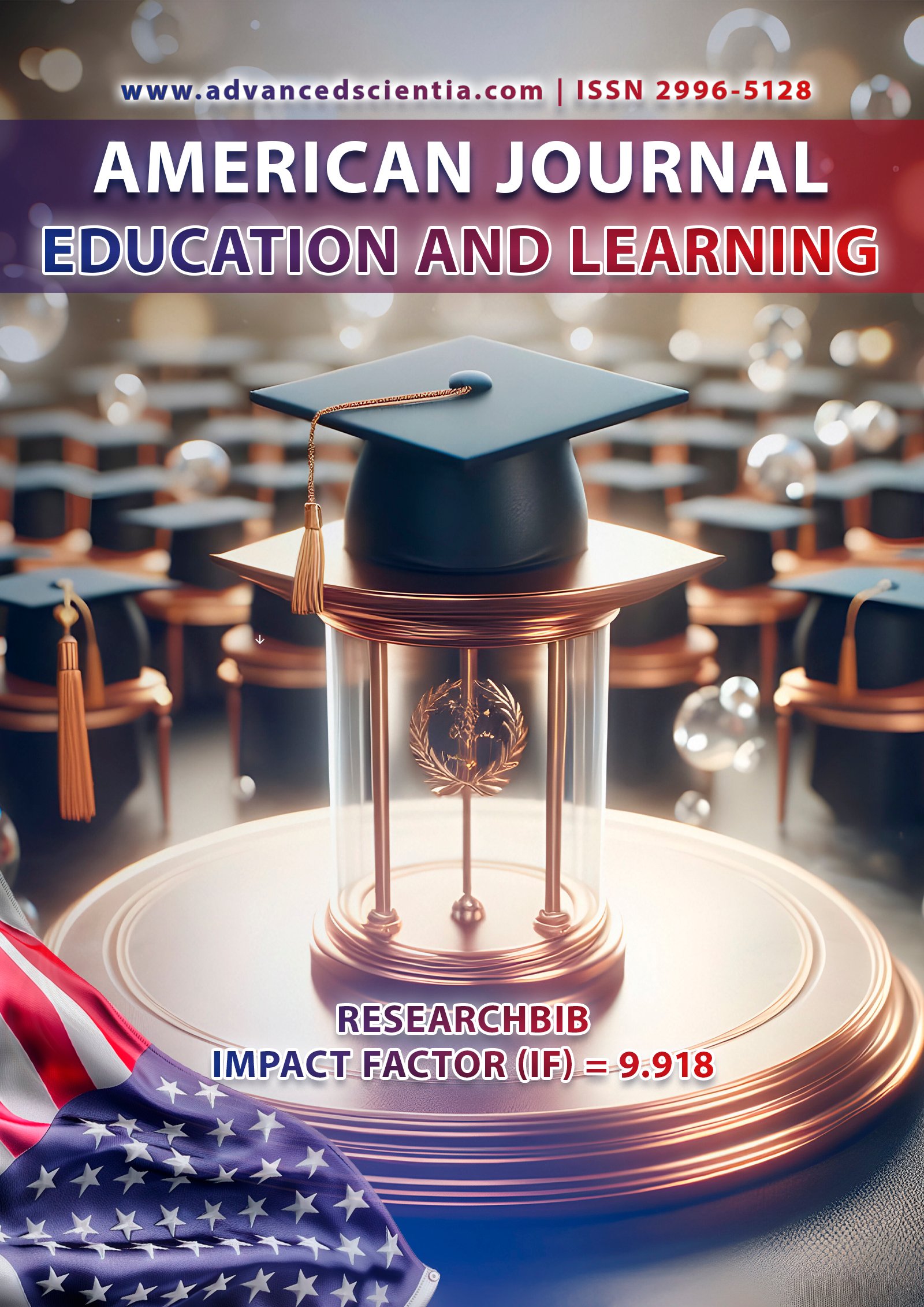HARMONIZING LEARNING: EXPLORING THE ROLE OF SOFT MUSIC IN ENHANCING LANGUAGE ACQUISITION AND EDUCATIONAL OUTCOMES
Abstract
This study investigates how soft music can improve educational outcomes and second language acquisition. It investigates how it affects listening comprehension, fluency, pronunciation accuracy, and word memory. The goal is to find out if background music can make a classroom more productive and interesting. Two groups of English philology students, ages 18 to 21, participated in the study. One group, consisting of 17 students, studied with gentle background music while the other group did not listen to any music. Surveys, interviews, and pre- and post-tests were all part of the mixed-methods strategy. The study emphasizes how gentle music can be used as a technique to boost motivation, lower anxiety, and increase cognitive function in language instruction. Research indicates that music can be a useful addition to traditional language learning techniques.
References
1. Krashen, Truscott (1982) Principles and Practice: Affective Filter Hypothesis. University of Southern California, Pergamon Press.
2. Schön et al. (2008) «Songs as an aid for language acquisition» Cognition Vol. 106, pp. 975-983
3. Patel, Aniruddh D. (2008) Music, Language, and the Brain. New York, Oxford University Press.
4. Li and Brand (2009) «Effectiveness of Music on Vocabulary Acquisition, Language usage and Mainland Chinese ESL learners», Ohio Music Education Association, Vol. 36, No. 1, pp. 73-84
5. Asher (1969) «The Total Physical Response Approach to Second Language Learning», The Modern Language Journal, Vol. 53, No.1, pp. 3-17.
6. Brutten, S. R., Angelis, P. J., & Perkins, K. (1985). Music and memory: Predictors for attained ESL oral proficiency. Language Learning, 35, 299-313.
7. Weinberger, N.M. (2000). Music and the Brain: A broad Perspective. Music Educators Journal, 87 (2), 8-10.
8. Abeles, H., Hoffer, C., & Klotman, R. (1994). Foundations of music education. New York: Shirmer Book
Internet resources
1. Analysis of variance (ANOVA)






















